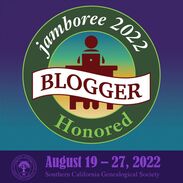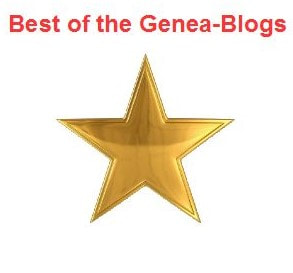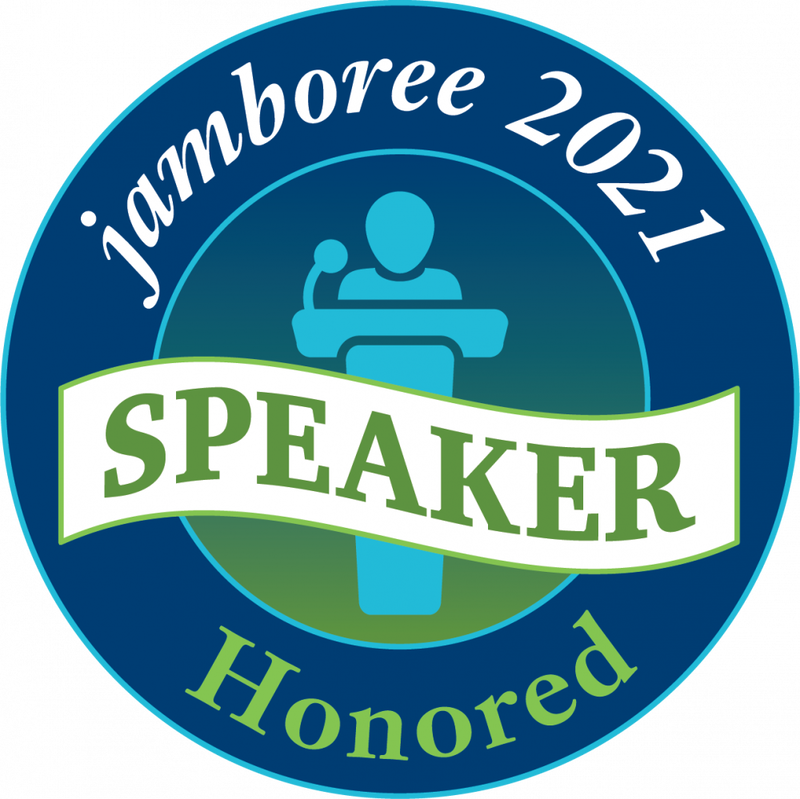Exciting News: MyHeritage and FamilyTreeDNA Announce New Collaboration!I am excited to share some fantastic news for all you genealogy enthusiasts and DNA researchers! MyHeritage and FamilyTreeDNA, two biggies in the genealogy world, have launched a new collaboration that will bring even more value to your family history research. What’s New? Seamless Family Tree Transfer: FamilyTreeDNA users can now transfer their family trees to MyHeritage for free! This integration allows you to continue building and expanding your family tree on MyHeritage, taking advantage of its super powerful genealogy tools and features. Access to MyHeritage’s Robust Tools: By transferring your family tree to MyHeritage, you gain access to a wide range of advanced genealogy tools and technologies that are not available on FamilyTreeDNA. This includes tools for record matching, automatic matches to other family trees, photo enhancements, and much more. Voluntary Transfer: While transferring your tree data to MyHeritage is voluntary, it is HIGHLY encouraged. FamilyTreeDNA will officially phase out their family tree builder on September 9, 2024. After this date, family trees on FamilyTreeDNA will become read-only, although you can still transfer them to MyHeritage. Focus on DNA Testing: This collaboration allows FamilyTreeDNA to focus on what they do best – DNA testing services and reporting – while providing their users with access to MyHeritage’s top-notch family tree tools. How to Transfer Your Family Tree
Why Transfer Now? Transferring your family tree data as soon as possible ensures you won’t lose any functionality when FamilyTreeDNA phases out their tree builder. Plus, early transfer gives you immediate access to all the fantastic tools MyHeritage offers. For more details about this exciting integration, check out the official blog post on MyHeritage. Let’s spread the word and make the most of this new collaboration to enhance our genealogy research! Happy researching! More MyHeritage Update, Tools, and FeaturesLearn about more of the latest MyHeritage updates, tools, and features under the MyHeritage category. More Genealogy ResourcesLearn about more family history and genealogy resources under the Genealogy Resources category and on my dedicated Genealogy Resources page.
2 Comments
Exciting news for genealogists and family historians! Ancestry.com has introduced a new BETA feature, Community Groups, set to transform how we connect, share, and collaborate in our genealogical journeys. While still in its testing phase and available to select users, this feature promises to be a valuable addition to Ancestry's toolkit. What Are Community Groups? Currently, the Community Groups feature showcases three public groups:
First Impressions and Potential Though still in BETA and not fully accessible, the feature appears to be aimed at fostering community engagement and collaboration. Users can join groups, but full functionality—including viewing and participating in discussions—is not yet available. The placeholder message reads: "Coming soon: Community groups. We’re building a space for you to connect with others, celebrate your milestones, ask for help, and uncover more about your family history. Check back soon for updates." Why This Matters As a professional genealogist, the prospect of these community groups is incredibly promising. Here’s why:
Final Thoughts While we await the full rollout, the anticipation surrounding Ancestry’s Community Groups is Real. This feature has the potential to enhance our research by providing a supportive community where we can share knowledge, seek assistance, and celebrate our genealogical achievements together. Stay tuned for further updates as Ancestry.com continues to develop and refine this exciting new feature. Whether you’re a seasoned genealogist or just starting your journey, Community Groups could soon become an invaluable part of your research toolkit. More Ancestry and Genealogy ResourcesLearn about more Ancestry updates, tips, tools, and features and other family history and genealogy resources under the Ancestry.com and the Genealogy Resources categories of my blog and on my dedicated Genealogy Resources page.
Top 5 DNA Genealogy Testing SitesAre you ready to take the plunge and take a DNA test whether it be to enhance your genealogy, find biological family, break down a genealogy brick wall, or just to know who you are and where you came from? In the rapidly advancing field of genetic genealogy, choosing the right DNA testing service is crucial for uncovering your ancestral roots and connecting with relatives. Let's explore the top five DNA genealogy testing sites: AncestryDNA, FamilyTreeDNA, 23andMe, MyHeritage, and Living DNA. Each of these services offers unique features and strengths that cater to different aspects of genealogical research. Let's take a quick look into what each has to offer. 1. Ancestry.com/AncestryDNAAncestryDNA is one of the most popular DNA testing services, especially among those looking to build and expand their family trees.
2. FamilyTreeDNAFamilyTreeDNA is a pioneer in the field of genetic genealogy and offers a comprehensive range of DNA tests.
3. 23andMe23andMe is well-regarded for its user-friendly interface and a combination of ancestry and health insights.
4. MyHeritage/MyHeritage DNAMyHeritage is a robust platform for genealogical research, offering a strong combination of DNA testing and family tree building.
5. Living DNALiving DNA offers a unique and detailed approach to genetic ancestry testing with a focus on regional breakdowns.
Choosing the right DNA testing service depends on your specific genealogical goals. Whether you are looking for a detailed ethnicity breakdown, connections with relatives, deep paternal or maternal lineage insights, or health-related genetic information, one of these top five DNA genealogy testing sites will meet your needs. Each offers unique features and strengths, ensuring that you can uncover the rich tapestry of your ancestry and build a more complete picture of your family history. More Genetic Genealogy/DNA Resources Find more DNA genealogy resources, tips, and other info under the Genetic Genealogy and DNA category. More Genealogy Resources Learn about more family history and genealogy resources under the Genealogy Resources category and on my dedicated Genealogy Resources page. More Top Genealogy
Ancestry Updates June 2024: Introducing the New Shared Matches DNA Pro ToolAncestry has recently unveiled a highly anticipated addition to their Pro Tools suite: the Shared Matches DNA Pro Tool. This new feature enables users to explore the connections between their shared matches, offering a more detailed view of how individuals are interrelated within their genetic network. Designed to enhance genealogical research, Pro Tools is a premium set of tools available for an additional fee, as first introduced in Ancestry Updates December 2023: Ancestry's New Pro Tools. Getting Started with Ancestry’s New DNA Pro ToolTo access the Shared Matches Pro Tool, after the purchase of Pro Tools in addition to an already Ancestry membership, follow these simple steps:
Current Limitations and Considerations While this new tool brings exciting possibilities, it is important to note that it is still in its early stages. As with any new technology, there are some limitations and areas for improvement. Here are some of the issues users may encounter:
Important Notes
Insights and Reflections The new Shared Matches DNA Pro Tool holds significant potential for genealogists, especially those new to DNA research. It simplifies the process of understanding how shared matches may be related, which is invaluable for the majority of Ancestry subscribers. However, for seasoned professionals, the tool might serve more as a supplementary aid rather than a primary resource. In my professional experience, while the tool did not help confirm the one case I specifically purchased it for—due to the complexities of endogamy and pedigree collapse—it did prove valuable in validating previous research. Within just a few hours, I was able to confirm findings from my own family tree and work done for clients, from the past decade. Although it offers a novel way to explore relationships, it may feel more like an experimental feature than a game-changing tool at this stage. Overall, the new Shared Matches DNA Pro Tool represents an exciting step forward for AncestryDNA and their Pro Tools, and with continued development, it has the potential to become an indispensable resource for genealogists of all levels. More Ancestry and Genealogy ResourcesLearn about more Ancestry updates, tips, tools, and features and other family history and genealogy resources under the Ancestry.com and the Genealogy Resources categories of my blog and on my dedicated Genealogy Resources page.
Yes, there is a way to copy and save your DNA match list, easily! I am still in the process of testing out and using various AI platforms for different tasks, as some work out for certain tasks better than others, in my genealogical world. I recently tested out copying and pasting my DNA match list into the FREE version of ChatGPT to see if it would be an easy way to retain and save my matches and notes. Check out the results below for using AI to save your match lists, giving you yet another way to use AI in genealogy! Steps to Copy and Save Your DNA Match List with ChatGPT
Results of ChatGPT Retained DNA Match List and Notes*Note: Click on images to zoom in More Genealogy ResourcesLearn about more family history and genealogy resources under the Genealogy Resources category and on my dedicated Genealogy Resources page.
You can now share your DNA results with collaborators at MyHeritage! MyHeritage has now added the much-needed option to seek advice and guidance from others, by securely sharing your DNA results with a collaborator. By inviting others to view your DNA results, and become a member of your family site on MyHeritage, collaboration has never been easier! Benefits to DNA Collaboration at MyHeritage
Who Can Collaborate with MyHeritage DNA Results
Learn more: New: Sharing DNA Results with a Collaborator More MyHeritage and Other Genealogy ResourcesLearn about more MyHeritage and other family history and genealogy resources under the Genealogy Resources category and on my dedicated Genealogy Resources page.
Ancestry has been slowly rolling over everyone, for quite a while now, who does not have a paid subscription to Ancestry or AncestryDNA to new, basic AncestryDNA features, now included with their DNA kits. Since it was little by little at the beginning, not all had noticed. They have now, officially, moved the majority of FREE DNA tools and features behind a paywall, making many quite unhappy. Just what can you get with the purchase of an AncestryDNA kit, now? What has moved over to their new, AncestryDNA Plus paywall, for those that had purchased their kits in the past? See the breakdown of just what’s behind this new paywall, below. Now ONLY Included with AncestryDNA Test Kit
Now Included ONLY with AncestryDNA Plus Membership
Now Included ONLY with Ancestry Family History Membership
And according to Ancestry, any that are associated with family trees or traits are subject to change and may require an Ancestry membership in the future. Food for thought (concerning both sides)
More Ancestry and Genealogy ResourcesLearn about more Ancestry updates, tips, tools, and features and other family history and genealogy resources under the Genealogy Resources category and on my dedicated Genealogy Resources page
Ancestry's New AI Features for Your Family Tree and DNA Ancestry seems to be on a major roll right now, consistently churning out new features one on top of the other! They have just released 2 new AI features to enhance your family history and genealogy, 1 for your family tree, and one for your DNA! These new features are in BETA mode, which means not all may have it; they could tweak it, add to it, delete some of the questions or features; or they may decide to delete it all together. AI to Enhance Your Ancestor’s StoryLearn about your ancestor in a fun, engaging, and educational way with the new AI feature for your family tree! With the new feature, you can learn about birth, marriage, death, and residence events during your ancestors’ lives. Categories and Questions:
AI Ancestor Birth Questions SamplesAI Ancestor Marriage Questions SamplesAI Ancestor Death Questions SamplesAI Ancestor Residence Questions ExamplesHow to get to AncestryAI for Your Ancestor
*Note: Be careful using this info in a story, as some of the information is general for the area and not the specific period or vice versa. 😉 AI to Enhance Your DNA Story You can also learn about your estimated ethnic regions in a fun, engaging, and educational way with the new AI feature for your AncestryDNA! With this new feature, you can learn about daily life, common foods, notable historical figures, climate and geography, population movements, population, the people, and family life in each of your estimated ethnic regions! Categories and Questions:
How to Get to AncestryAI in AncestryDNA
Go in and see if you have these 2 new AI features; if you do, then have fun with it! More Ancestry, AI, and Genealogy ResourcesLearn about more Ancestry updates, tips, tools, and features; AI in genealogy, and other family history and genealogy resources under the Ancestry.com, AI in Genealogy, and Genealogy Resources category and on my dedicated Genealogy Resources page.
AncestryDNA New DNA Communities Story Feature & Updated DNA Story! Ancestry has been upgrading their DNA Story this past week with lots of new updates! As mentioned last week, in Ancestry DNA Updates: New DNA Community Record Collections Feature!, they added a new DNA records collections feature to DNA communities, along with new ethnicity updates, and have now revamped it with a new look, while adding animation, stories, and more! What’s New at AncestryDNA
New Background Color Toggle & Ethnicity ColorsNew Animated DNA Communities Maps & Timeline StoriesMore Ancestry, DNA, and Genealogy ResourcesLearn about more Ancestry updates, tips, tools, and features and other family history and genealogy resources under the Ancestry.com, Genetic Genealogy and DNA, and Genealogy Resources category and on my dedicated Genealogy Resources page.
Ancestry Updates: DNA Community Record Collections Feature!Going into Ancestry the other day, I noticed that not only did Ancestry update DNA ethnicity estimates again but added a new feature in AncestryDNA as well, DNA Community Record Collections! Right now, by going through the long list of DNA that I manage, it seems to just be for African American and Irish communities. I’m sure many more will come soon, as I just noticed it on the 25th of July, and it was not there the day before! So, if you are a beginner and have African American or Irish ethnicity, along with DNA communities as part of your AncestryDNA results, you will have some cool helps to get you going on where to look! Did you know there are over 400 African American and Afro-Caribbean communities and 203 Irish communities for AncestryDNA members? I’m not sure all the communities for these 2 ethnicities are included in this new feature yet, but below you’ll find the ones that are included in the long list of DNA that I manage for family, friends, and clients. African American DNA Community Record Collections
Irish DNA Community Record Collections
How to Get to DNA Community Record Collections
More Ancestry, DNA, and Genealogy ResourcesLearn about more Ancestry updates, tips, tools, and features; DNA; and other family history and genealogy resources under the Ancesty.com, Genetic Genealogy and DNA, and Genealogy Resources category and on my dedicated Genealogy Resources page.
|
Details
Categories
All
FeaturedTop PostsBlogrollEvalogue.Life, Heart of the Family, Molly's Canopy, Climbing My Family Tree, Cami Mayer, Field Genealogist, Ancestor Detective, DNA Breakthroughs, Your DNA Guide, Ancestral Findings, Genealogy Tip of the Day, Family History Daily, Genea-Musings
BlogI hope my family history and genealogy blog on genealogy research tips, resources, events, and more, along with my own genealogy journeys, will help you in your research and in building your family tree to learn more about your ancestors and family history to preserve for future generations to come! Come visit me at Know Who Wears the Genes in Your Family if you're interested in starting your family history journey, booking me for your next speaking event, or family history and genealogy heirloom products!
Archives
July 2024
|
HoursM-Su: 8am - 8pm
|
Know Who Wears the Genes in Your Family is dedicated to promoting family history and genealogy, while maintaining commitment to client care and professional service, and adheres to the Code of Ethics and Professional Practices put forth by the Association of Professional Genealogists.
|























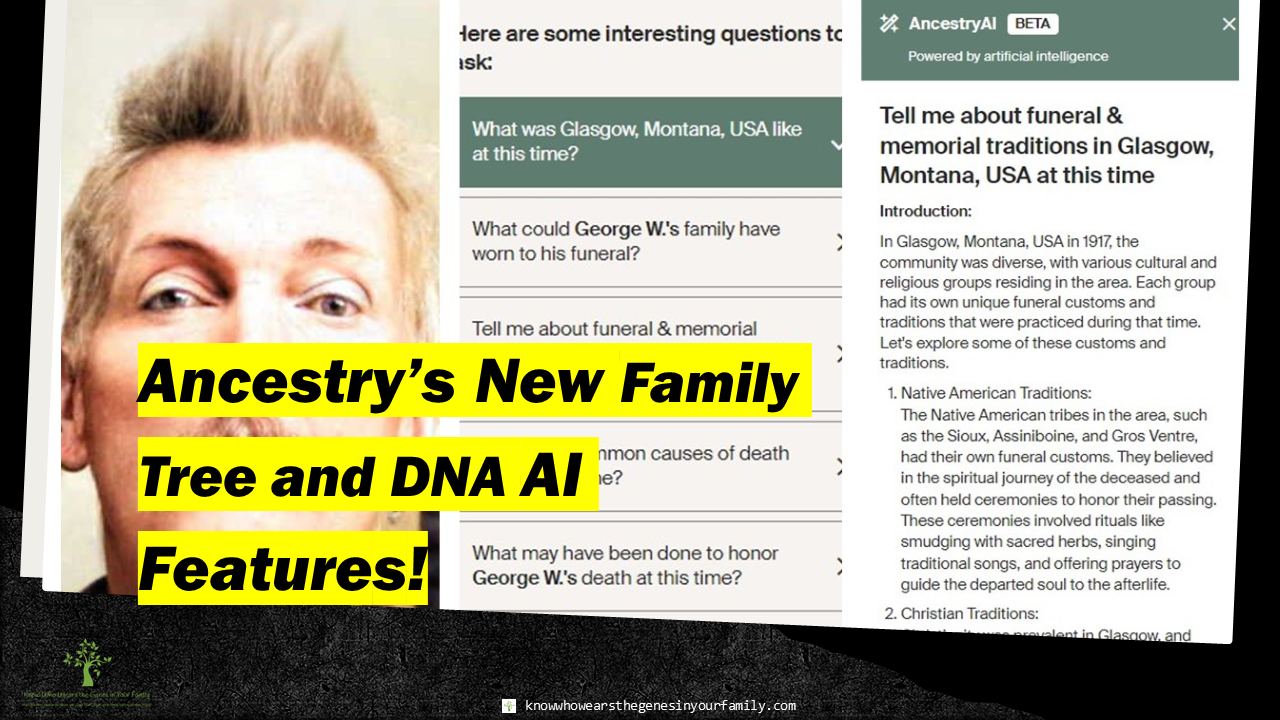




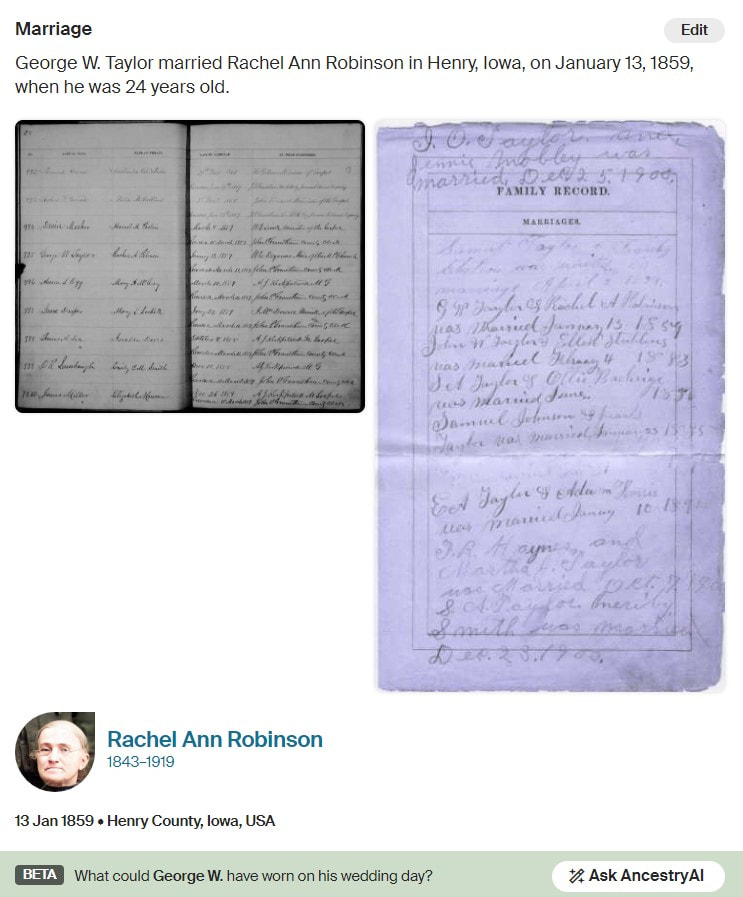
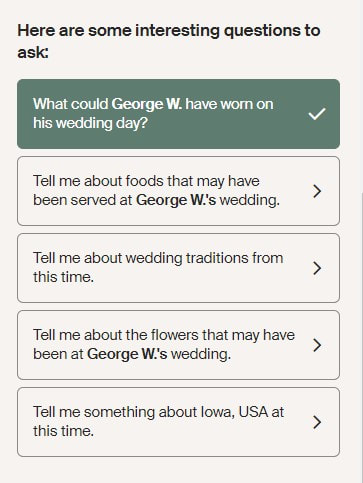










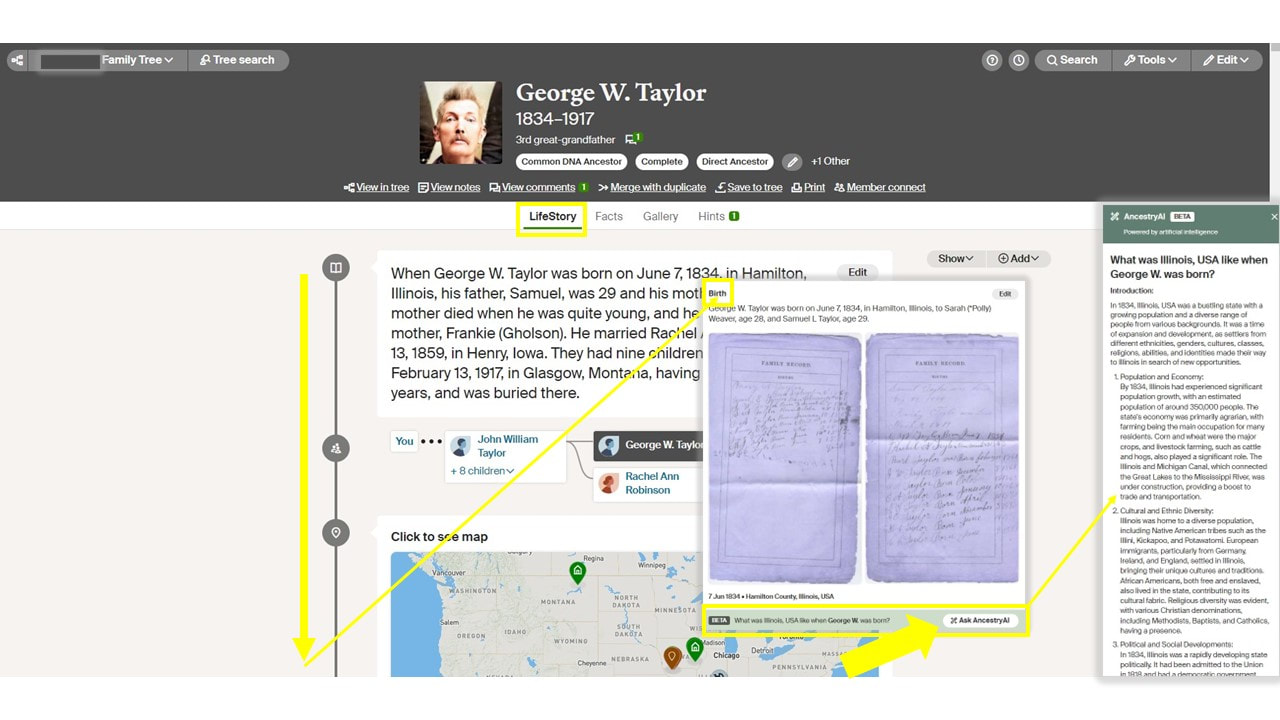



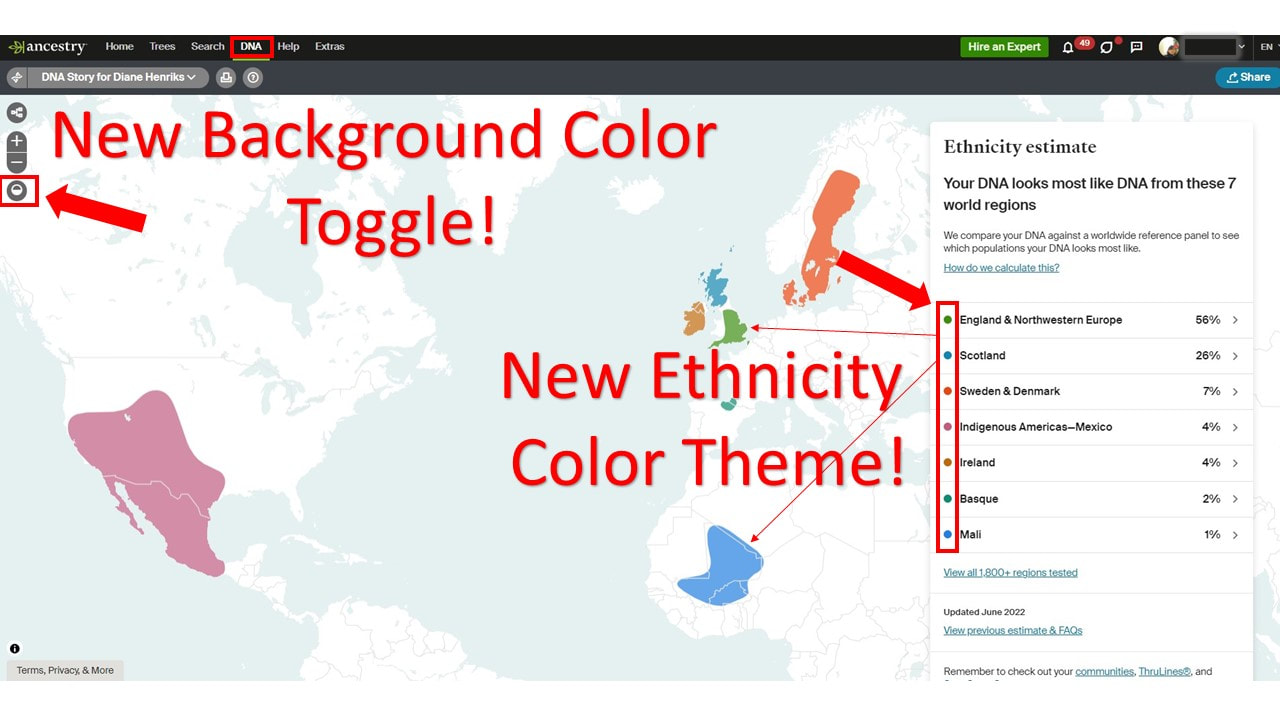















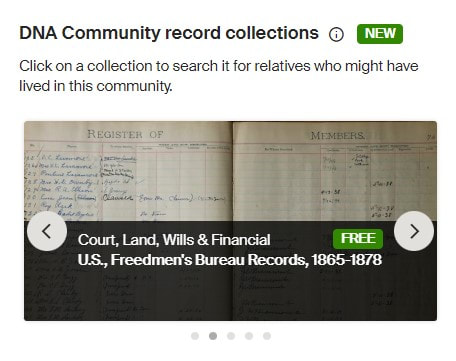
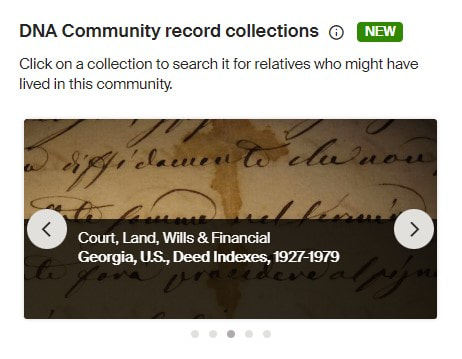
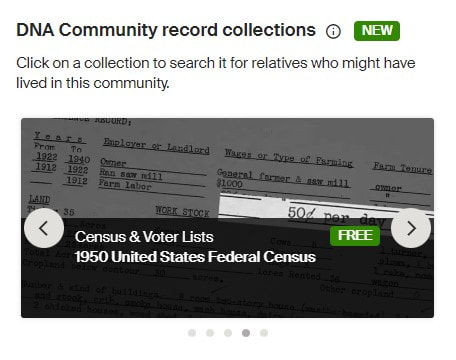









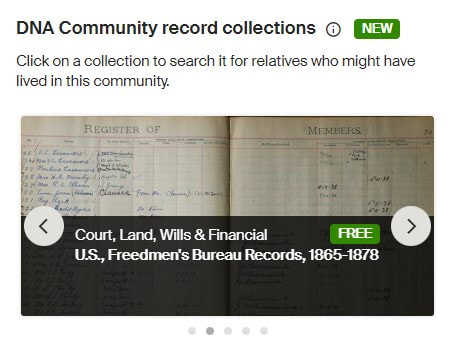

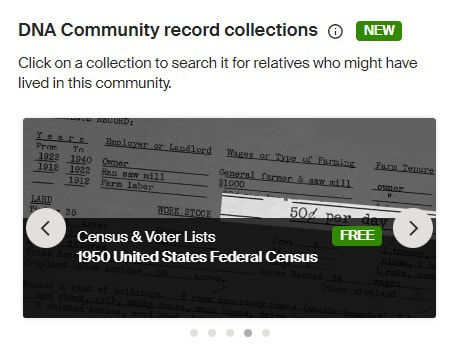




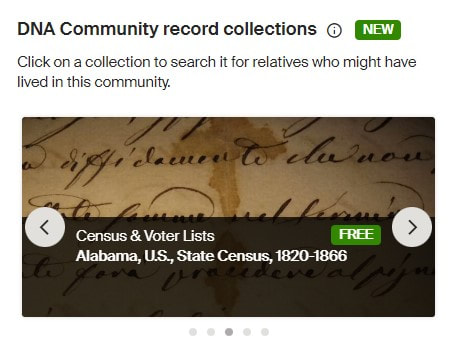





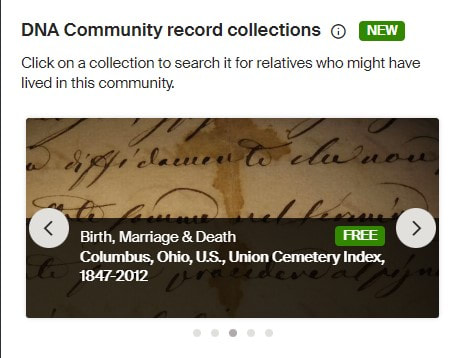





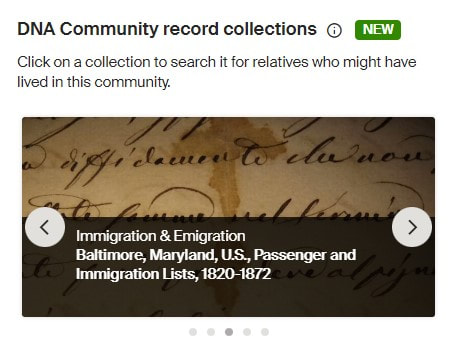
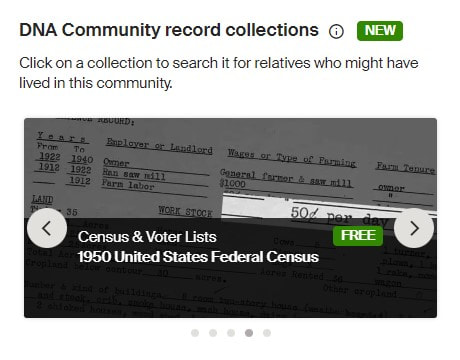



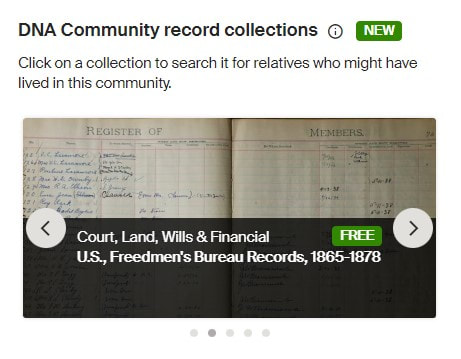




















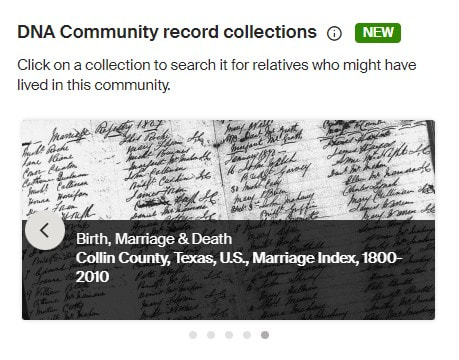















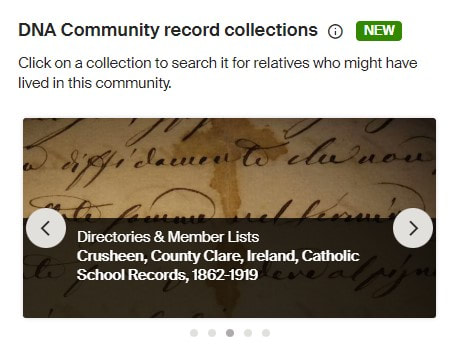

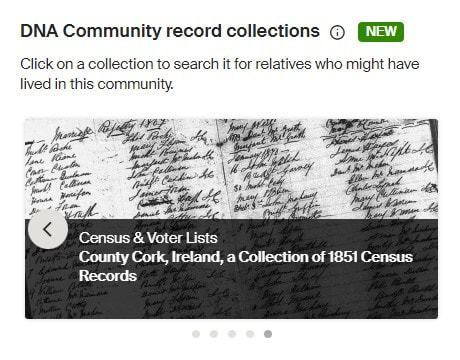


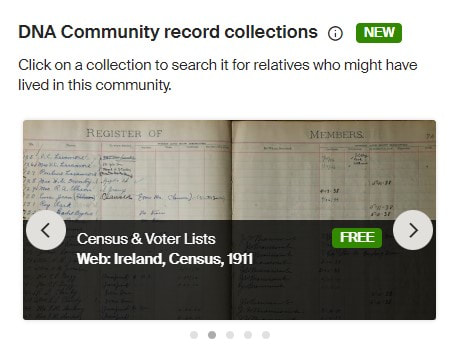




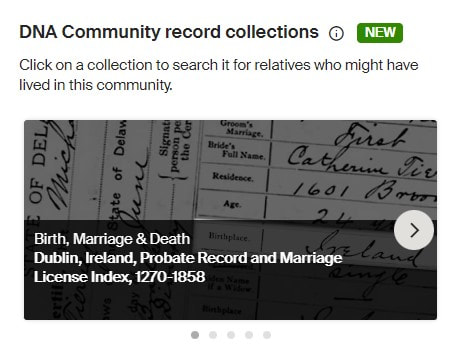

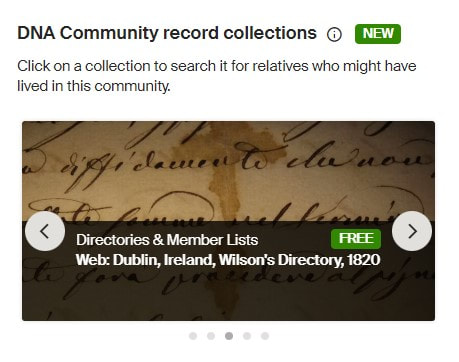


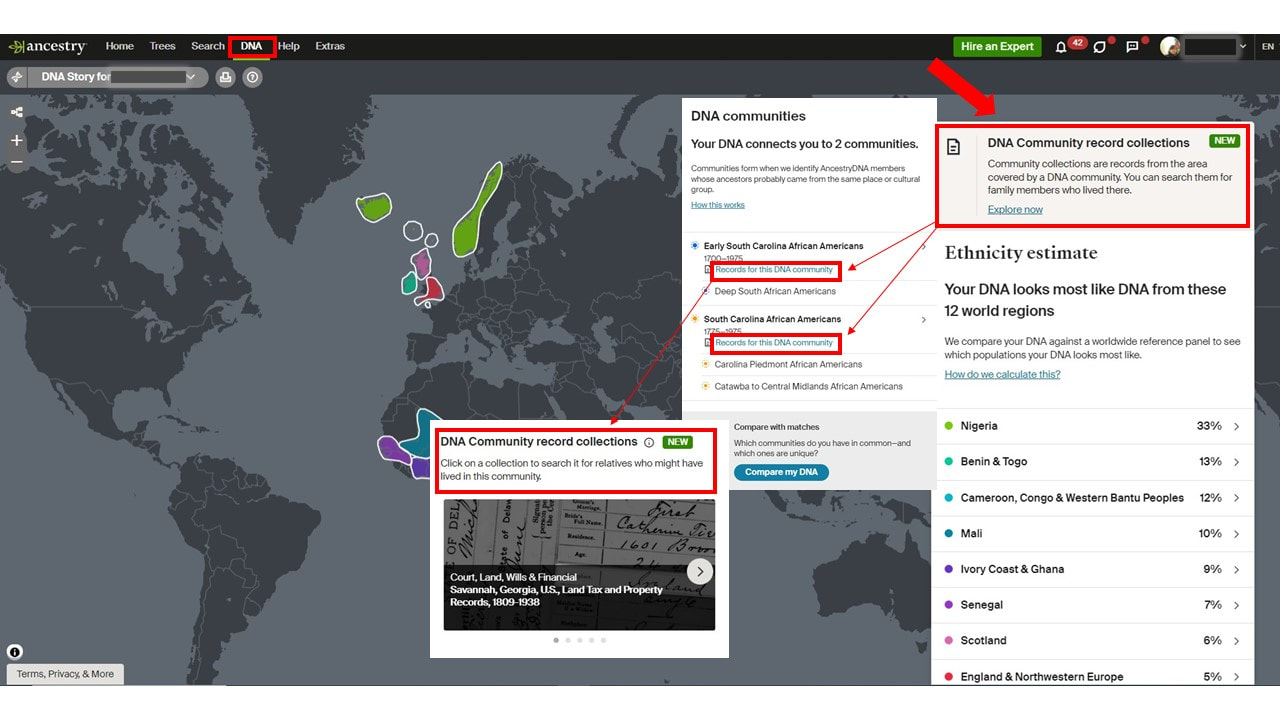
 RSS Feed
RSS Feed















